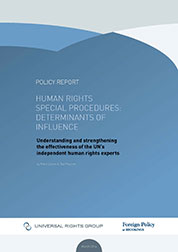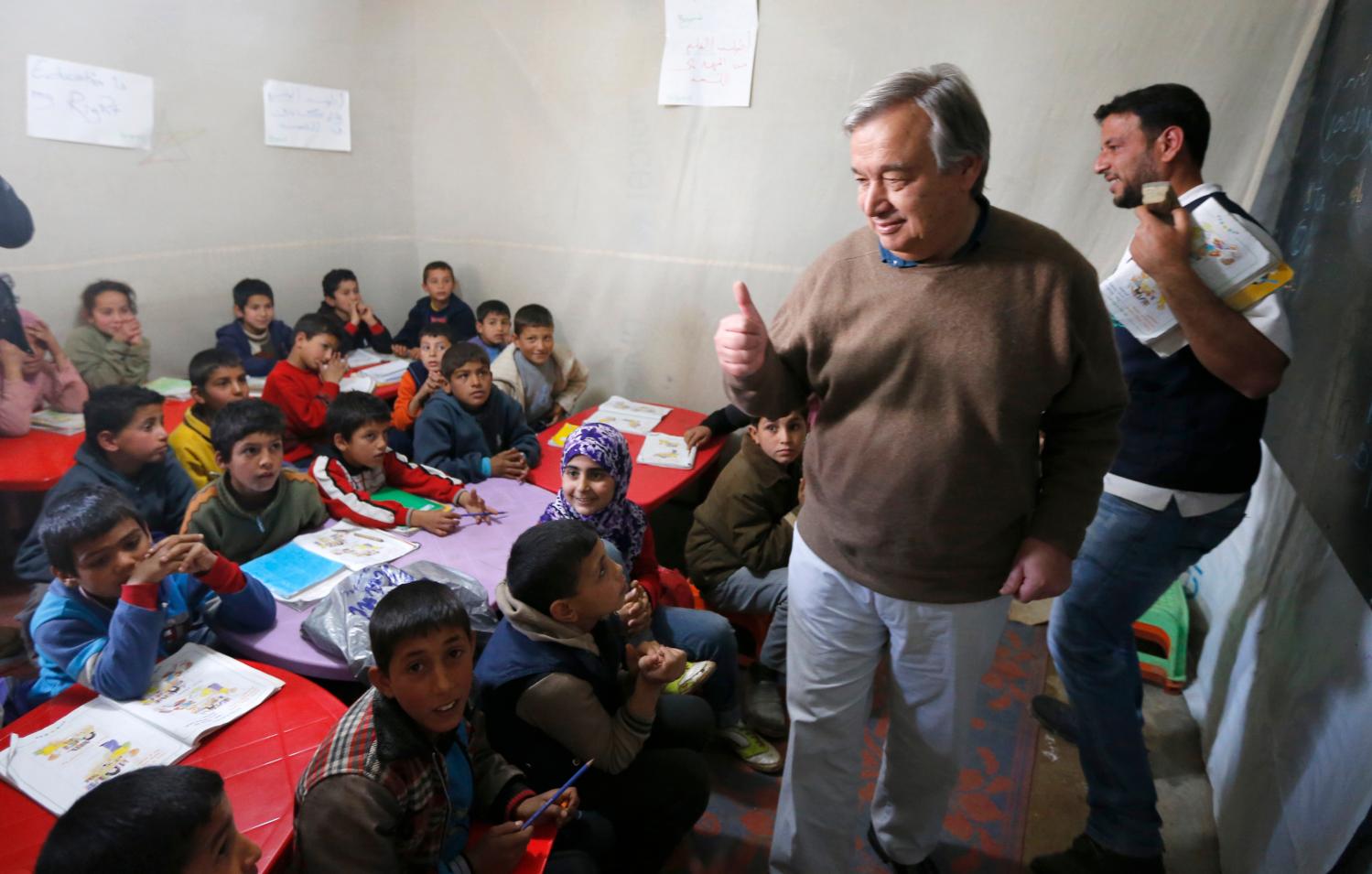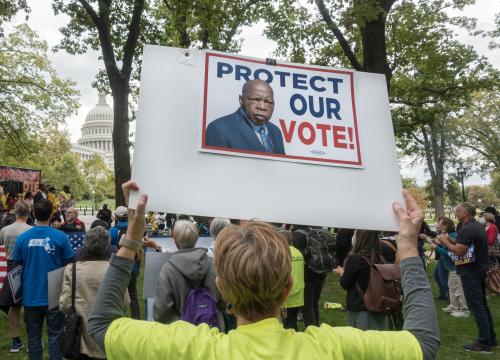 The United Nations’ independent human rights experts – known as the “special procedures” – are considered by many to be the crown jewel of the international human rights system. Since their establishment in 1967, they have grown into one of the international community’s most important tools for promoting and protecting human rights. Today, there are almost fifty separate special procedure mandates covering a wide-range of thematic and country-specific issues, with more in the pipeline.
The United Nations’ independent human rights experts – known as the “special procedures” – are considered by many to be the crown jewel of the international human rights system. Since their establishment in 1967, they have grown into one of the international community’s most important tools for promoting and protecting human rights. Today, there are almost fifty separate special procedure mandates covering a wide-range of thematic and country-specific issues, with more in the pipeline.
In this paper, Ted Piccone and Marc Limon evaluate the strengths and weaknesses of the special procedure system, identify the structural determinants that drive their effectiveness, explore why past systemic reform has failed and make recommendations to relevant stakeholders to strengthen the system as it continues to grow.
This report puts forth a series of recommendations to strengthen the effectiveness of the special procedures, including:
- Establish a group of friends of the special procedures to help support the mechanism through cross-regional statements and resolutions and leading cooperation by example;
- Maintain and strengthen self-regulating features of the Special Procedures Coordinating Committee, including updating the manual to reflect social media trends and addressing complaints around the code of conduct;
- Develop new tools to respond to human rights situations, like rapid deployment mechanisms with a standing roster of experts to make site visits;
- Provide objective information on state cooperation with special procedures and develop regular reporting on follow-up and implementation of special procedure recommendations, along with resources for technical assistance and agenda time for debate and presentation of best practices;
- Expand regular U.N. budget support to special procedures, reduce earmarking of voluntary contributions and improve transparency of both U.N. and non-U.N. financing in direct support of a mandate;
- Deploy new technology to make the special procedure communications system relevant, credible and user-friendly to human rights defenders and states.
The Brookings Institution is committed to quality, independence, and impact.
We are supported by a diverse array of funders. In line with our values and policies, each Brookings publication represents the sole views of its author(s).




